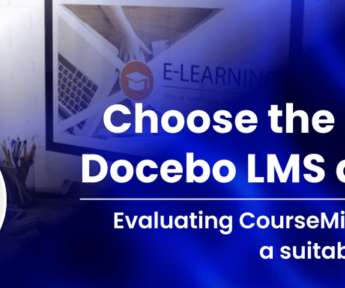12+ Books for Instructional Designers
Experiencing eLearning
MARCH 3, 2015
Building Online Learning Communities by Rena Palloff and Keith Pratt is aimed more at online instructors than instructional designers, but it’s a wonderful resource for IDs working in higher education or supporting online and blended learning communities. I’m sure their other books on Storyline 2 , Lectora , etc.
















Let's personalize your content